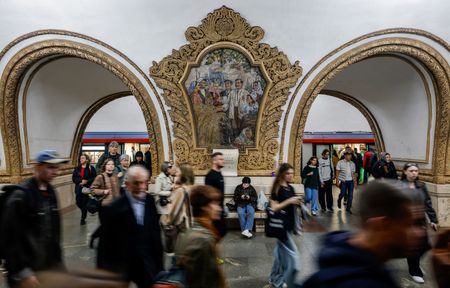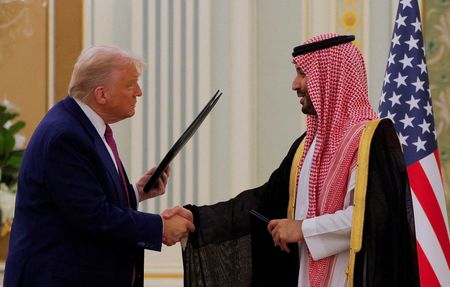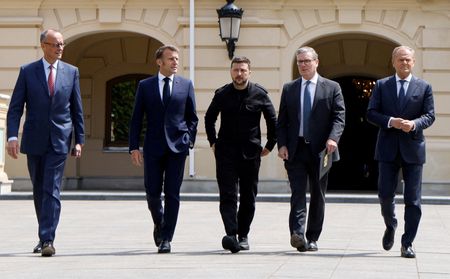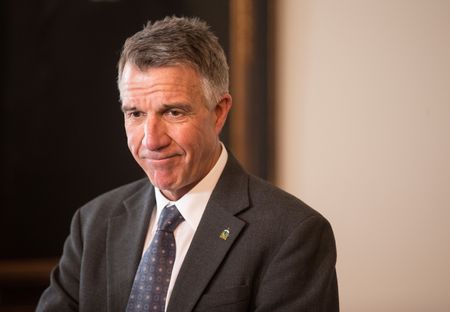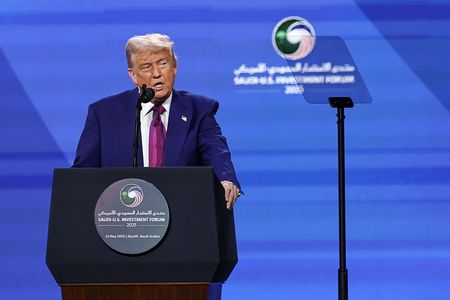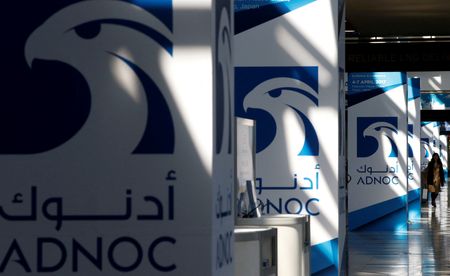MOSCOW (Reuters) – In Moscow, some of the best architecture may lie many metres underground.
With its vaulted ceilings, marble floors and tiled mosaics of Vladimir Lenin and the Red Army, the Moscow metro is a crown jewel of the Russian capital.
In the decades since Muscovites boarded the first train, 90 years ago this week, the metro system has grown to meet the demands of the ever-growing metropolis.
Each day, millions of commuters in the city of 13 million crowd into the metro’s 302 stations to ride on one of 16 snaking lines on their way to work or school.
Moscow transit authorities pride themselves not just on the metro’s cleanliness and efficiency, but on its beauty.
“As a modern metro, it incorporates many architectural styles,” says Yevgeniy Dovka, a Moscow transit official. “Each station is individual and practical, and has its own artistic solution.”
Many newer stations depart from the grandiose Soviet style and feature decorations inspired by modern city life. The recently-completed station in Nagatinsky Zaton in southern Moscow, for example, displays mosaics of fish found in local rivers.
Some daily riders, such as Viktoria, 25, say they prefer the older styles.
“Modern is not exactly my jam,” she says. Travelling via an older station “feels like you’ve been to a museum.”
Over the decades, the metro has witnessed important events in Soviet political history.
In Mayakovskaya station, tour groups now crane their necks towards mosaics celebrating Soviet victory over Nazi Germany in what Russia calls the Great Patriotic War.
Amidst that war, Soviet leader Josef Stalin convened a meeting of the Moscow City Council in the station’s main hall, where he addressed party leaders and ordinary citizens sheltering from Nazi bombs from a lectern before treating them to a buffet.
These days, Muscovites still find themselves wowed by the metro’s rich history and beauty.
“I feel proud of it,” Alina, 18, says. “Sometimes I think of moving somewhere (else), but I don’t know how I’d live in a place without a metro.”
(Reporting by Reuters in Moscow; Writing by Lucy Papachristou in London; Editing by Tomasz Janowski)

